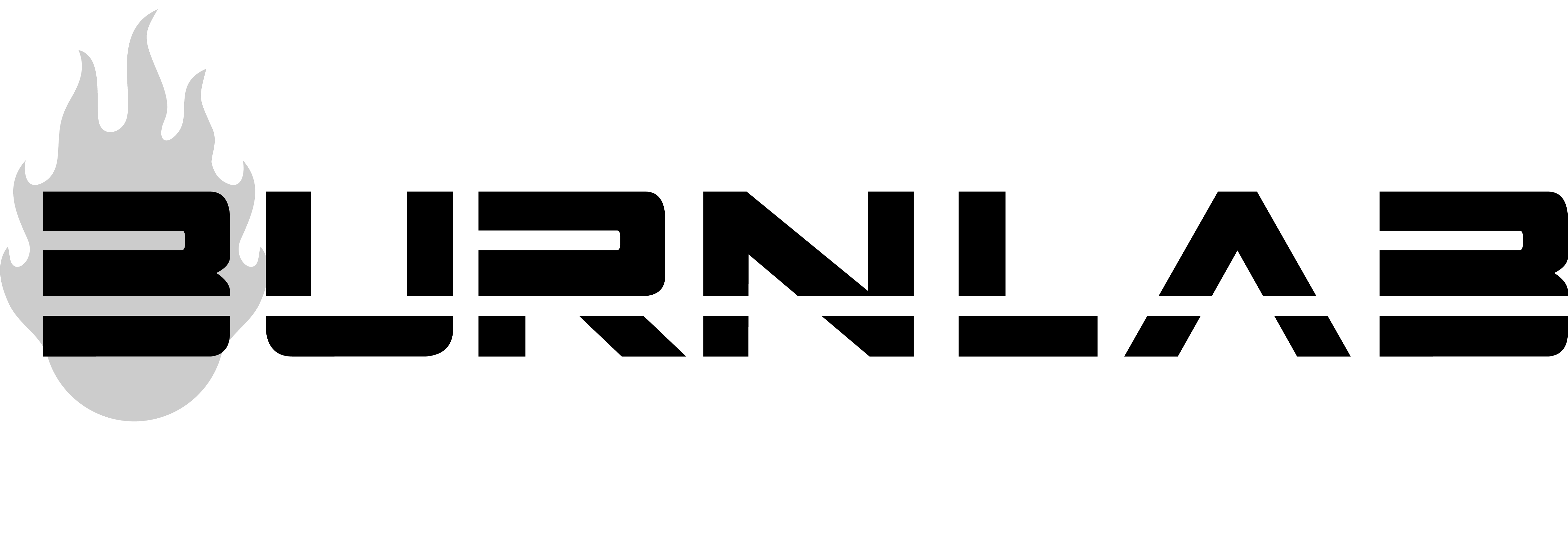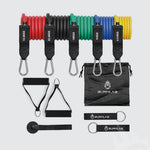Is a resistance tube equivalent to a dumbbell for strength training?

Resistance tubes and free weights (dumbbells, barbells, etc.) are both fantastic tools for strength training. But they are not equivalent.
Let’s take a look at how they compare on various parameters.
1. Resistance
Resistance is created by gravity in free weights. This means they can only offer resistance in the vertical plane (downwards in the direction of gravity).
So while working out, you would have to position yourself in such a way as to target the desired muscle group.
With resistance bands / tubes, resistance is created by elastic force, independent of gravity. This means they can provide resistance in both the horizontal and vertical planes.
Depending on the anchored position of the resistance band, you can alter your line of pull and target various muscle groups without changing your body position.
2. Strength curve
Free weights have a strength curve, whereas resistance bands don’t. (The strength curve refers to the varying points of difficulty during each rep of an exercise.)
Say you’re performing biceps curls using a dumbbell. At a particular “sticky” point, you would find it challenging to lift the dumbbell further. To get past that point you might swing your body or use momentum to complete the range of motion.
Resistance bands have linear variable resistance - meaning, the more you stretch the band, the harder it gets to stretch it.
So, when you’re doing the same biceps curl with a resistance band, you will find it easier at the beginning, but then it gets tougher the more you stretch the band. As you get to the top of the movement at your strongest position and peak contraction, the tension in the band is at its highest. This means you can’t “cheat” to finish your curl because the resistance created by the band more closely matches the natural strength curve of your body.
3. Progressive Overload
When it comes to hypertrophy and muscle gains, progressive overload is key.
With free weights, it is easier to train progressively as you know exactly how much weight you are lifting.
With bands, it can be a little tough to ascertain the level of resistance as each band has a range of resistance and not a fixed one. But with resistance bands that range all the way from XX-Light to XXX-Heavy, you can create different levels of resistance depending on how much you stretch the bands and hence train progressively.
4. Variable speed
Both free weights and resistance bands have variable speeds, meaning you can control the concentric, eccentric, and isometric parts of the exercises.
You can control your total rep speed - i.e., the time your muscles are under tension. And more tension translates to more muscle growth.
One advantage of resistance bands is that they help you train explosively – a factor that is critical in building muscle.
5. Free range of movement
You can move both dumbbells and bands in any direction you want. You can train different muscle groups at various angles which is vital for maximum muscle development.
6. Burning fat
You can burn fat with both free weights and resistance bands.
Just ensure that your heart rate is up throughout the entire duration of your 20–30-minute HIIT or metabolic workout. This is because the fat-burning heart rate is around 60-70% of your maximum heart rate.
Watch this video to know more about how resistance bands compare to free weights:







Leave a comment